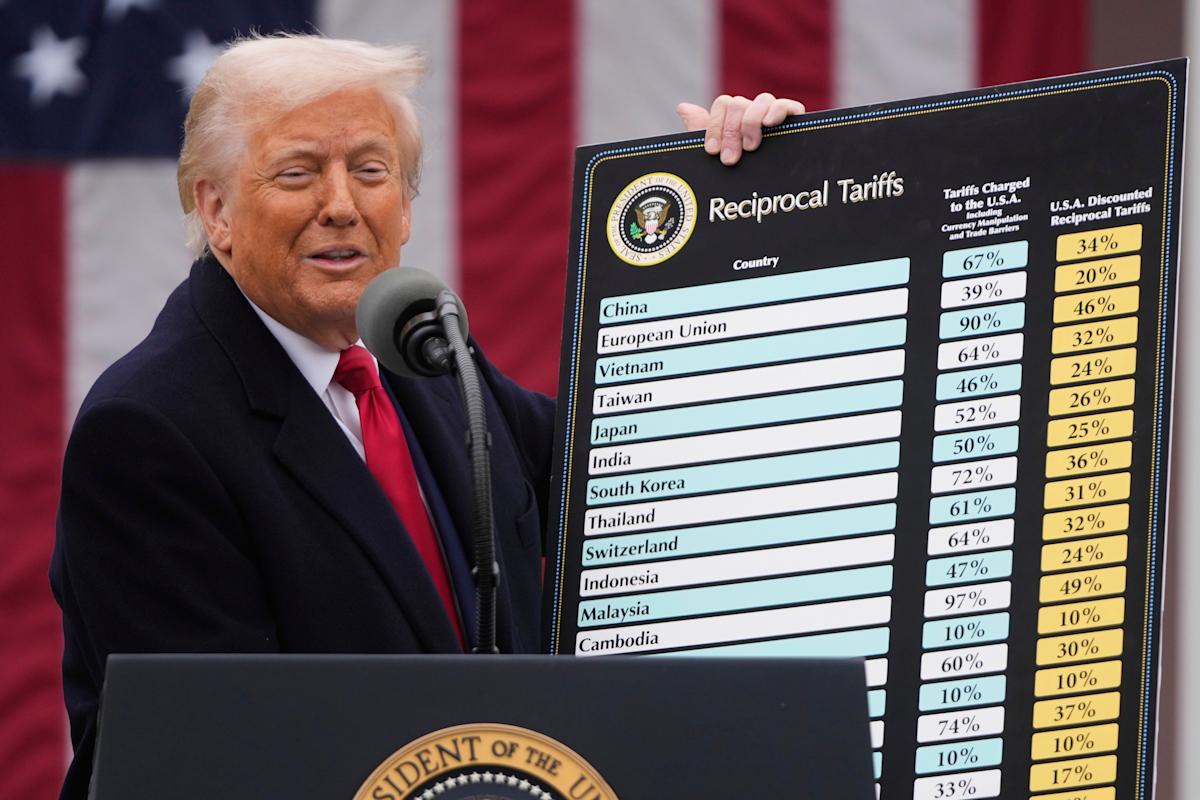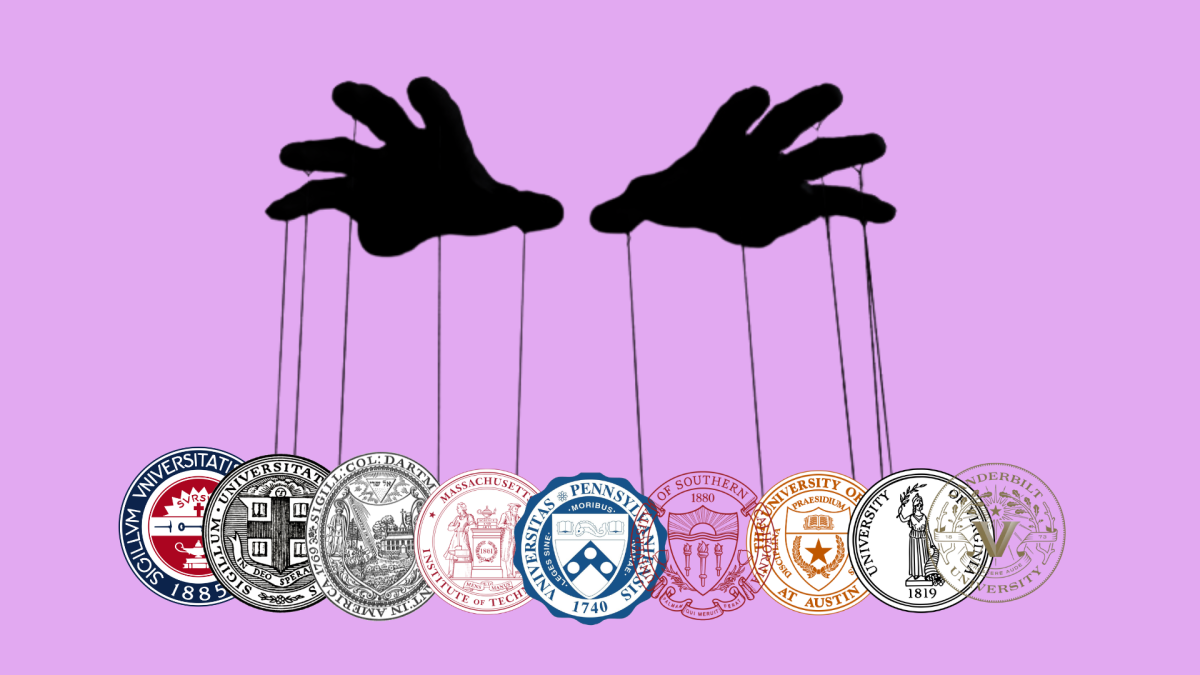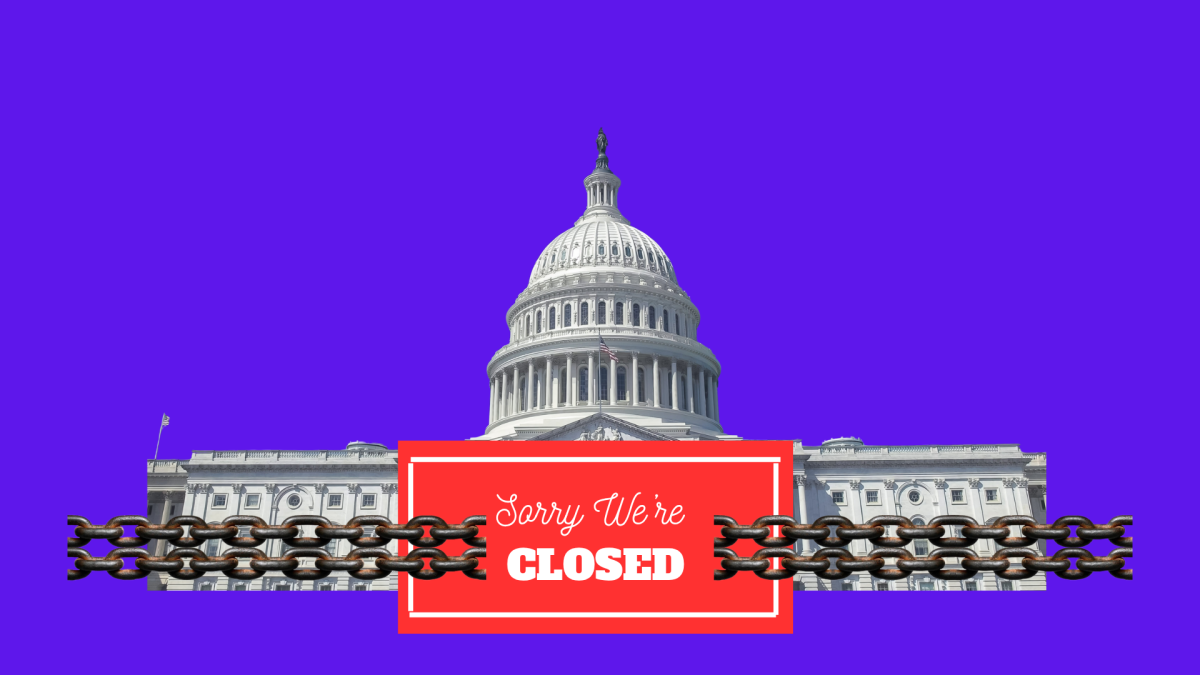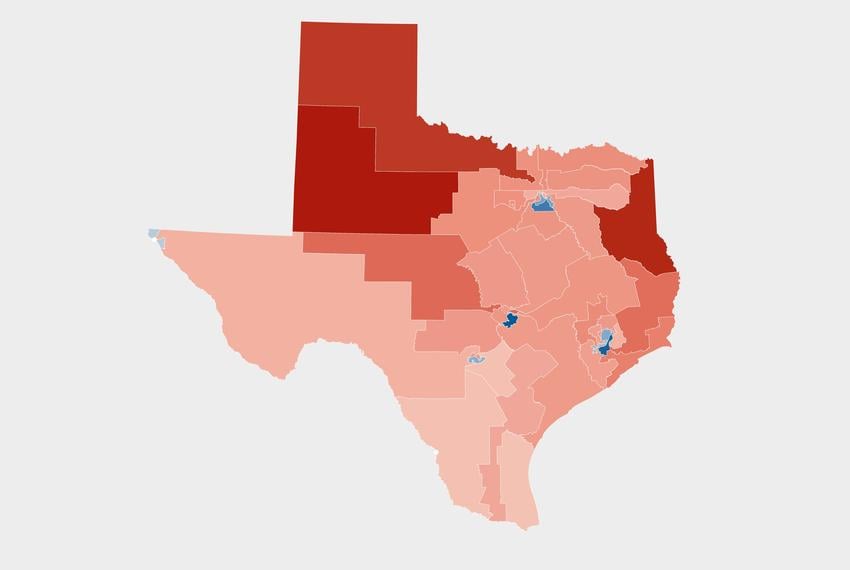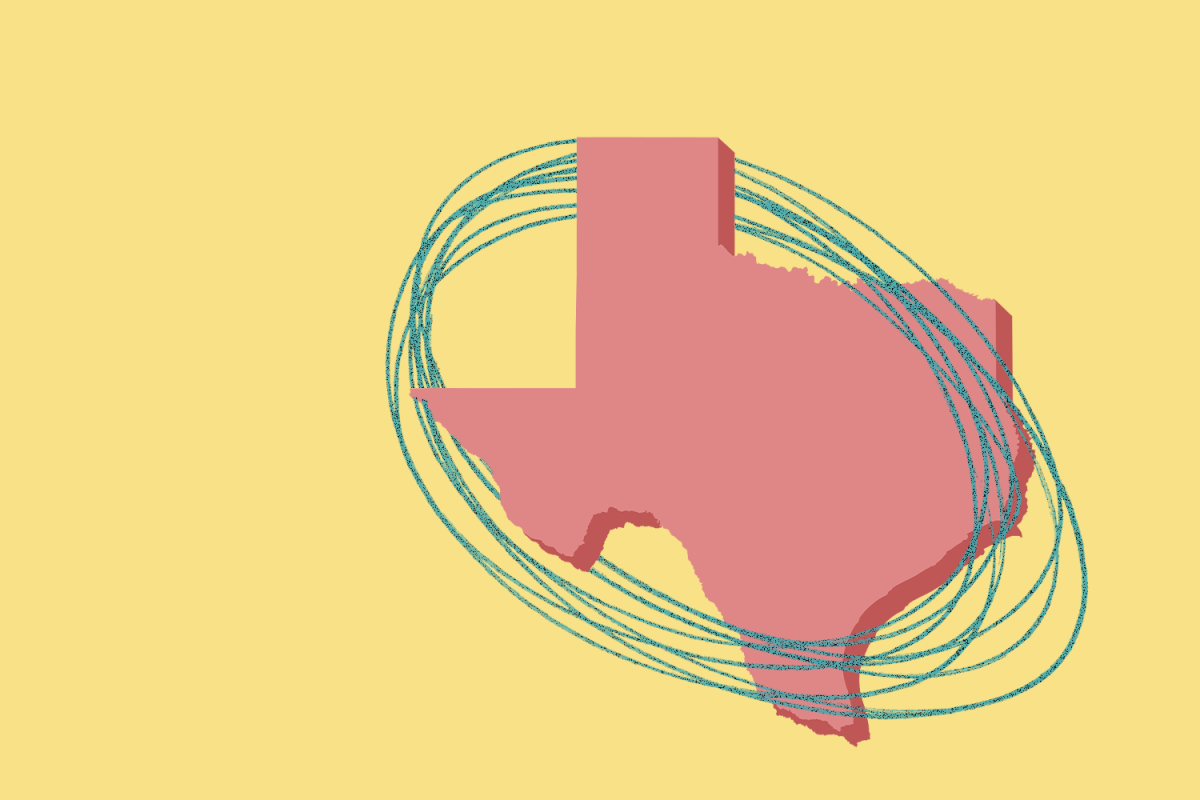On April 2, in an effort he labeled Liberation Day, President Donald Trump and his administration imposed a 10% tariff on all imports, with the exception of Canada and Mexico. The tariffs went into effect April 5 and included additional tariffs applied on April 9. These tariffs affected over 60 countries and territories with the percentages varying depending on rates.
According to Trump, the goal of the tariffs is to move manufacturing to the U.S. and to stop other countries from taking advantage of the U.S. “The higher the tariff, the more likely it is that the company will come into the United States and build a factory in the United States so it doesn’t have to pay the tariff.”
The rates charged to each country differed based on trade imbalances and unfair trade practices which included dumping goods (or selling products below their market value). This led to smaller countries like Cambodia being taxed 49%. To go along with the initial 10% baseline tariff on imports, some of the rates affecting Asian-Pacific countries included China at 34%, Japan at 24%, Vietnam at 46%, and South Korea at 25%.
The Trump administration has targeted China specifically, finding themselves in an ongoing trade war with China. President Trump said Wednesday he would not lower tariffs of 145% on Chinese goods. This comes after a statement from Chinese Foreign Ministry spokesman Lin Jian on Tuesday which said that Beijing won’t negotiate unless Trump lowers the rates, leading to a standoff between the countries.
In domestic markets, liberation day has seen the dramatic rise and fall of the stock market. Within the first two days of the tariffs being announced, the S&P (Standard and Poor) 500 dropped 16% from its all time high on February 19, the Dow Jones Industrial dropped 2,011 points, or 4.98%, its biggest decline since June 2020. We also saw the Nasdaq Composite drop more than 4.7% and 22% lower than its December record, a bear market in Wall Street terminology, meaning a market when prices are rapidly falling encouraging many holders to sell.
Despite this, we are starting to see the market rebound, recovering its losses to return to pre-tariff levels. Many economists speculate that the market will continue to fluctuate, seeing dramatic growth and losses and creating uncertainty.
Reflecting this growing unpredictability, CIBC deputy chief economist Benjamin Tal notes, “Everybody is confused. We have this fog of uncertainty, and we have to try to make sense out of it. There are some vulnerabilities to the position that President Trump is taking.”
As of May 8, the Trump administration has announced a trade deal with the U.K., the first such deal since the tariffs were announced. When the tariffs were initially announced, Prime Minister Keir Starmer said in a statement he would negotiate with the U.S. “I really do think it is not sensible to say the first response should be to jump into a trade war with the US.”
According to Treasury Secretary Scott Bessent, more trade talks could be in the works with “80% or 90% of those wrapped up by the end of the year.” While many countries share Starmer’s view of attempting to avoid trade wars, the unwillingness of major global powers like China to bend to Trump’s tariff tactics show how these policies could ultimately backfire.

